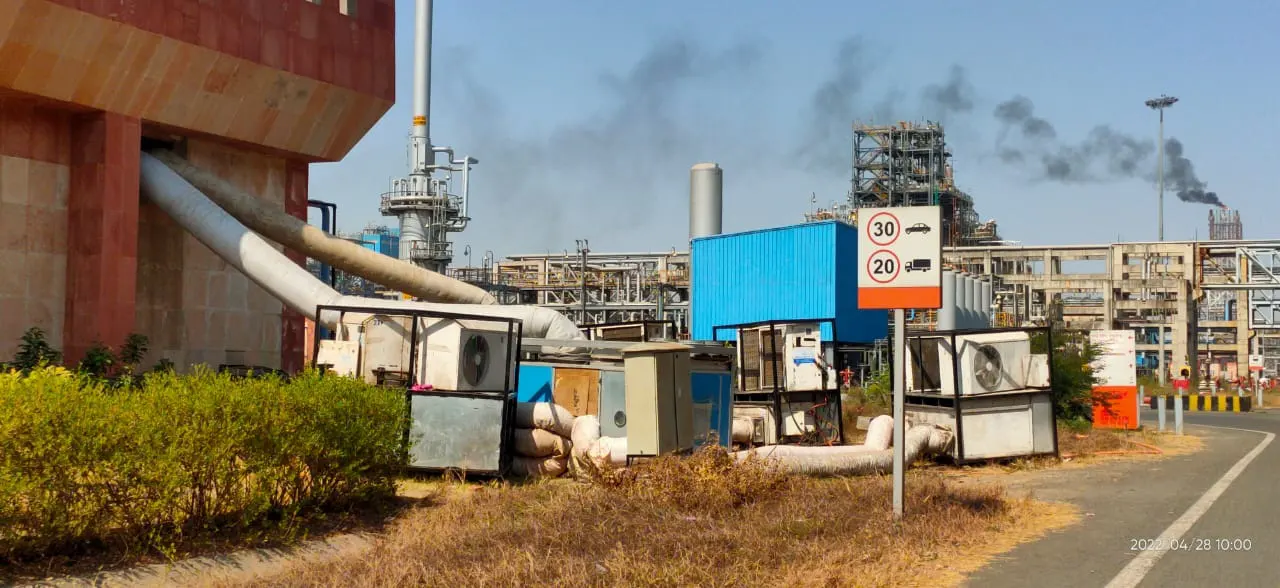Hackers Pick Up Clues From Google’s Internet Indexing
In 2013, the Westmore News, a modest newspaper serving the suburban community of Rye Brook, New York, ran a characteristic on the opening of a sluice gate at the Bowman Avenue Dam. Costing some $2 million, the new gate, then nearing completion, was built to lessen flooding downstream.
The function caught the eye of a selection of local politicians, who gathered to shake arms at the official unveiling. “I have been to tons of ribbon-cuttings,” county executive Rob Astorino was quoted as declaring. “This is my 1st sluice gate.”
But locals apparently weren’t the only ones with their eyes on the dam’s new sluice. According to an indictment handed down late very last week by the U.S. Office of Justice, Hamid Firoozi, a perfectly-regarded hacker based mostly in Iran, received access several times in 2013 to the dam’s command devices. Had the sluice been completely operational and linked to individuals programs, Firoozi could have produced critical problems. Fortuitously for Rye Brook, it was not.
Hack attacks probing crucial U.S. infrastructure are nothing new. What alarmed cybersecurity analysts in this situation, nonetheless, was Firoozi’s clear use of an previous trick that computer system nerds have quietly regarded about for decades.
It really is termed “dorking” a lookup engine — as in “Google dorking” or “Bing dorking” — a tactic extensive utilised by cybersecurity experts who function to shut stability vulnerabilities.
Now, it appears, the hackers know about it as properly.
Hiding in open up watch
“What some get in touch with dorking we really contact open-resource network intelligence,” mentioned Srinivas Mukkamala, co-founder and CEO of the cyber-threat evaluation organization RiskSense. “It all relies upon on what you ask Google to do.”
Mukkamala says that search engines are continually trolling the Web, looking to report and index each individual product, port and exceptional IP address connected to the Net. Some of those people points are created to be public — a restaurant’s homepage, for illustration — but quite a few others are meant to be private — say, the stability digital camera in the restaurant’s kitchen area. The dilemma, suggests Mukkamala, is that much too a lot of persons never realize the change before likely on-line.
“There is the Online, which is everything which is publicly addressable, and then there are intranets, which are intended to be only for inner networking,” he explained to VOA. “The look for engines never treatment which is which they just index. So if your intranet is not configured properly, that’s when you commence observing details leakage.”
When a restaurant’s shut-circuit camera might not pose any genuine safety threat, lots of other factors having related to the Web do. These consist of pressure and temperature sensors at power plants, SCADA techniques that command refineries, and operational networks — or OTs — that retain significant manufacturing vegetation operating.
Whether or not engineers know it or not, many of these items are staying indexed by look for engines, leaving them quietly hiding in open watch. The trick of dorking, then, is to determine out just how to come across all individuals belongings indexed on the internet.
As it turns out, it truly is genuinely not that tough.
An asymmetric menace
“The point with dorking is you can generate tailor made searches just to look for that data [you want],” he claimed. “You can have a number of nested research problems, so you can go granular, making it possible for you to discover not just just about every single asset, but each other asset that’s connected to it. You can truly dig deep if you want,” claimed RiskSense’s Mukkamala.
Most key lookup engines like Google give state-of-the-art look for functions: instructions like “filetype” to hunt for distinct types of files, “numrange” to uncover unique digits, and “intitle,” which appears for correct page textual content. In addition, distinct research parameters can be nested a person in yet another, building a very good digital internet to scoop up info.
For case in point, alternatively of just entering “Brook Avenue Dam” into a look for engine, a dorker may possibly use the “inurl” perform to hunt for webcams on-line, or “filetype” to seem for command and command paperwork and functions. Like a scavenger hunt, dorking includes a sure amount of luck and endurance. But skillfully utilized, it can considerably increase the probability of locating some thing that must not be public.
Like most issues on the net, dorking can have favourable uses as well as damaging. Cybersecurity specialists more and more use these open up-resource indexing to uncover vulnerabilities and patch them prior to hackers stumble upon them.
Dorking is also almost nothing new. In 2002, Mukkamala claims, he worked on a undertaking exploring its potential pitfalls. Much more lately, the FBI issued a community warning in 2014 about dorking, with information about how community administrators could shield their devices.
The challenge, suggests Mukkamala, is that pretty much something that can be connected is staying hooked up to the World-wide-web, normally without having regard for its protection, or the protection of the other objects it, in flip, is connected to.
“All you will need is one particular vulnerability to compromise the method,” he instructed VOA. “This is an uneven, common threat. They [hackers] never require anything else than a laptop computer and connectivity, and they can use the applications that are there to start launching attacks.
“I really don’t believe we have the awareness or methods to protect from this danger, and we’re not organized.”
That, Mukkamala warns, suggests it is really more very likely than not that we will see much more cases like the hacker’s exploit of the Bowman Avenue Dam in the many years to arrive. Regrettably, we might not be as fortunate the up coming time.









